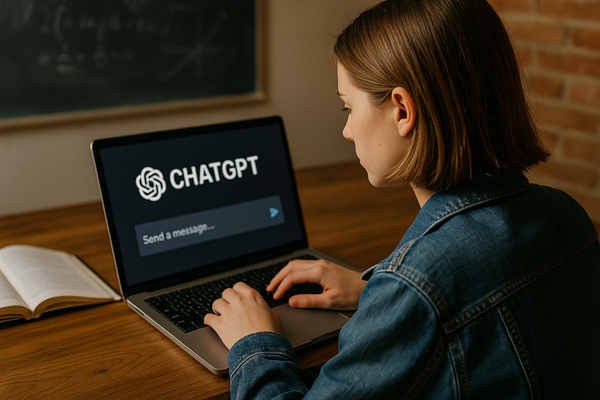How to Prepare for the Ontario Secondary School Literacy Test (OSSLT)

So your kid has the Ontario Secondary School Literacy Test (OSSLT) coming up? Have no fear! All in all, the test is quite basic, although it does require they know the fundamentals of grammar, punctuation and sentence structure. And yes, there's an extensive portion on reading comprehension and visual literacy, which focuses on their critical thinking skills.
Fortunately, there are many ways to prepare for the Ontario Secondary School Literacy Test, including working with practice tests which are available through the OSSLT official website. Yet before they try their luck at testing themselves, here's everything they should do first.
Get hooked on grammar
Every portion of the test involves grammar. Whether it's the multiple choice or writing section, the test will examine their grammar knowledge. They can sharpen their grammar skills by using websites activities like Grammar Bytes to review. Here are some major rules to practice:
- Subject-verb agreement
- Pronoun agreement
- Parallel structure
- Run-on sentences
- Verb tenses
Review your punctuation ABC's
The literacy test will examine the student's knowledge of punctuation. Although they may presume to know their commas, dashes and semi-colons, they should still review it all to prevent second-guessing.
Since some of the multiple choice questions are tricky, they may confuse the student's understanding of punctuation. To prepare, they can review their punctuation skills using online tests and once they're ready, they may test themselves with an OSSLT practice test.
Practice critical literacy skills
For the reading portion of the test, the questions involve all types of critical literacy skills. Here are the different types below:
Getting the main idea
After reading a passage, they should be able to give the main idea. Essentially, this means that they need to identify the general issue or overall scenario from the text. This skill should not be confused with a summary, which is the skill of retelling facts.
Making connections
Some reading questions may ask students to make a connection between the text and real-life or themselves.
The reading material is usually pretty standard, involving straightforward issues like health, pollution, bullying and friendship. For this reason, they can make a basic connection to the text based on their general knowledge. The connection doesn't have to be particularly advanced or fancy; as long as they can clearly make a logical connection, they'll be fine.
Making inferences
Arguably the toughest reading skill, they need to make inferences. Basically, they need to be able to draw an opinion or deeper observation based on what they read. For example, if they're reading about a student who avoids socializing with others, they may infer that the student is shy or anxious.
Using the context clues
They may also be asked to infer the definition of an unknown word. By using the context of a sentence for clues, they can take an educated guess at what the word means. Depending on how the unknown word is used in the sentence, they can choose the definition that best applies from the multiple choice options.
Practice visual literacy skills
Then there's the visual literacy component. Here, the student will analyze a chat or graph, accompanied by supporting facts. There are corresponding questions that require the student to find trends or make comparisons from the visual information. You can find an example here: see the visual literacy section of the test.
Learn how to write a news report
Writing like a reporter, the students will have to create a news report. This section will provide an image and a title, which they'll use as the basis for developing their story.
Before writing, they should plan out their ideas in the rough work section by recording the 5W's: who, what, when, where, why. You can see an example of a completed news report from the OSSLT.
Master short & long paragraphs
There are three types of writing tasks throughout the literacy test. They are as follows: personal opinion, reading response and mini essay.
1. Personal opinion (short answer)
Students will write an opinion in a short answer paragraph. This section will prompt them with a question, usually about a general topic related to school, health or society.
2. Reading response (short answer)
After a reading section, they'll be asked to express an opinion about the text in a short answer paragraph. To support their opinion, they must use examples or details from the text.
3. Mini essay (long answer)
Similar to an essay, they'll have to write a long answer response to a question. They must answer with three arguments, each written in a well-organized paragraph.
Preparing for the Ontario Secondary School Literacy Test doesn't have to be scary. Make sure your child starts practicing early, so they know what to expect and can start working on their weaker skills. If you're worried, you can always hire a private tutor who can help your child prepare for the test.
Leave a comment :)
Comments will be approved before showing up.
Also in Isyourkidlazy.com

Signs Your Child Is Over-Relying on ChatGPT for Learning
Worried your child is relying too much on ChatGPT? Learn key signs of AI overuse in learning, how it impacts real skill development, and what parents can do to guide smarter tech habits.

How ChatGPT in Education is Evolving
Discover how ChatGPT in education is changing learning—from personalized tutoring to smarter learning tools. Explore the impact of AI in classrooms and beyond.


Rachel Esco
Author